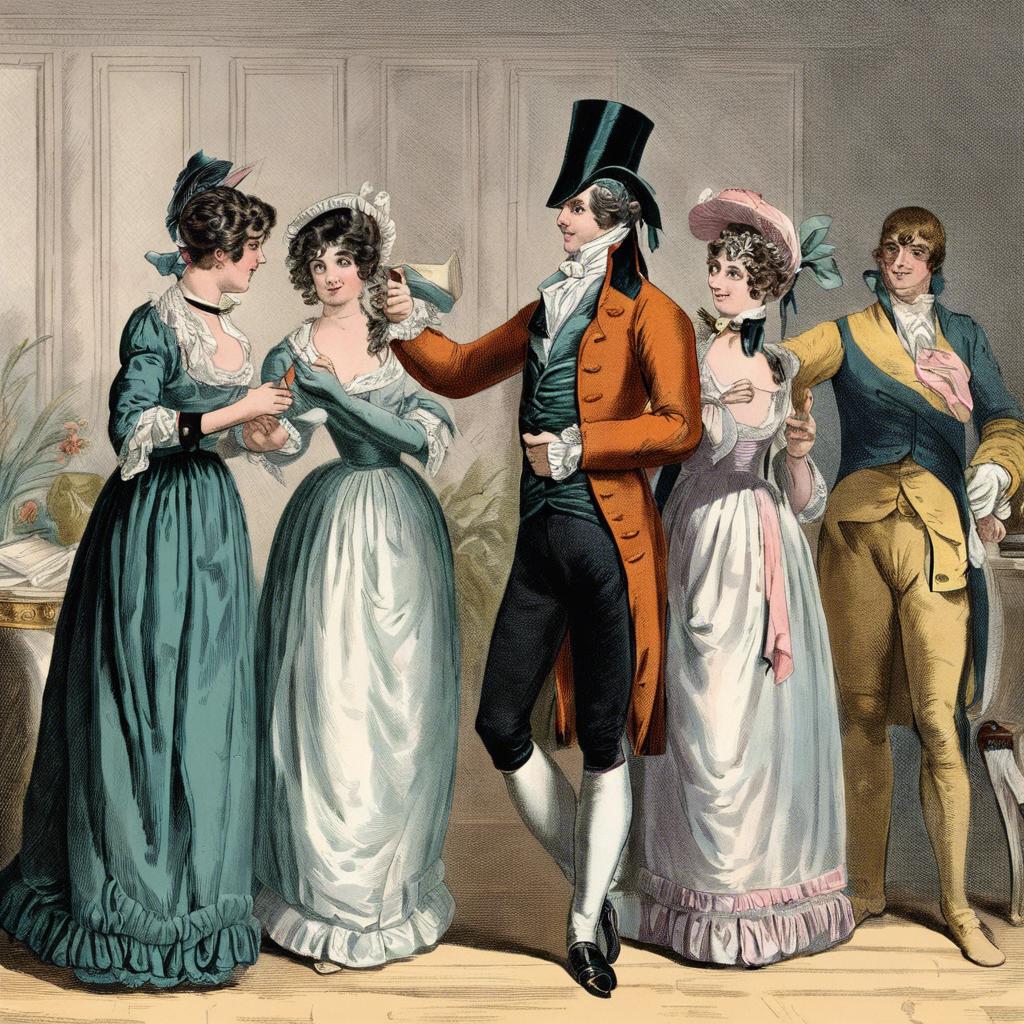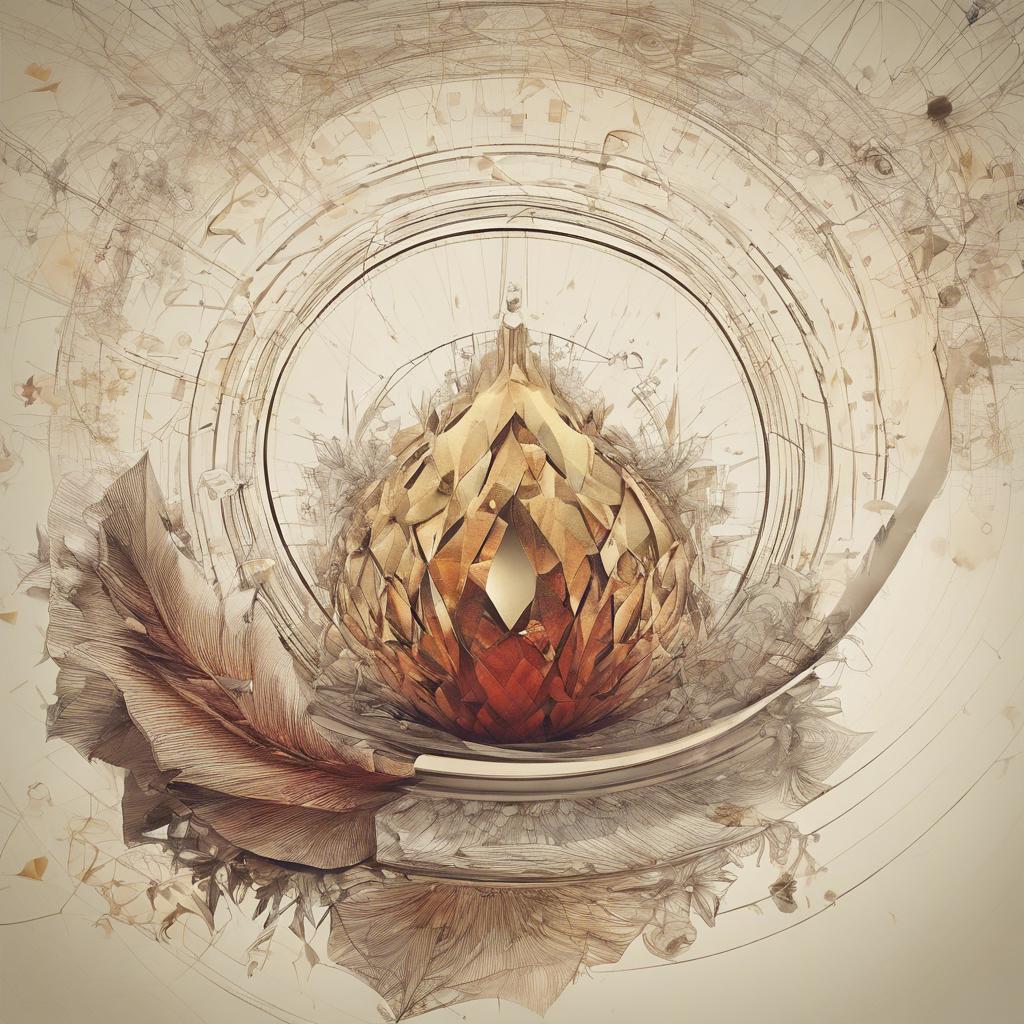Greetings have long served as a crucial element of human interaction, serving as a signal of respect and goodwill. In the Regency era, a period of British history that spanned from 1811 to 1820, greetings took on a particular significance. During this time, social protocols and customs were of utmost importance, and greetings were no exception. Understanding the nuances and intricacies of Regency era greetings provides valuable insight into the society and culture of the time. In this article, we delve into the world of Regency era greetings, exploring the various forms, meanings, and customs that shaped social interactions during this fascinating period.
Step Into the World of Cheryl Bolen
Dive into the enchanting stories of love, intrigue, and elegance set in the Regency Era. Cheryl Bolen's novels offer timeless romance and captivating tales that will leave you wanting more.
Explore Cheryl Bolen's Books Now
Introduction to Regency Era Greetings
During the Regency Era, greetings played an important role in social interactions, reflecting the customs and etiquette of the time. People in the Regency period used a variety of greetings to show respect and maintain decorum in their social circles. These greetings were often elaborate and formal, serving as a way to establish social hierarchies and relationships.
Common Regency Era Greetings:
- Bowing and Curtsying: One of the most common greetings in the Regency Era was the act of bowing for men and curtsying for women. This gesture was a sign of respect and deference, often accompanied by a polite verbal greeting.
- Hand Kiss: A gentleman might greet a lady by taking her hand and bringing it to his lips in a gentle kiss. This gesture was a way to show admiration and gallantry towards the lady.
- Verbal Greetings: Verbal greetings such as “Good day,” “How do you do?” and “I am pleased to make your acquaintance” were commonly used in Regency society to acknowledge and greet others.
| Greeting Type | Description |
|---|---|
| Bowing and Curtsying | Formal gestures of respect and deference |
| Hand Kiss | Sign of admiration and gallantry towards a lady |
| Verbal Greetings | Common phrases used to acknowledge and greet others |
Understanding the Etiquette of Regency Greetings
In the Regency era, greetings were more than just a simple acknowledgment of another person’s presence. They were a reflection of the social status and etiquette of the time. Understanding the proper way to greet someone during this period was essential for navigating the complex social landscape of Regency England.
Bowing and curtsying were the most common forms of greeting in the Regency era. Men would perform a slight bow from the waist, while women would execute a graceful curtsy, bending their knees and lowering their skirts. The depth of the bow or curtsy would depend on the social rank of the individuals involved, with lower bows reserved for regency era invitations”>higher-ranking individuals.
Handshakes were not commonly used as a form of greeting during the Regency era. Instead, a gentleman would greet a lady by kissing her hand, a gesture that was meant to show respect and deference. Ladies, on the other hand, would offer their hand to be kissed, a gesture that was both elegant and refined.
Traditional Forms of Regency Greetings
During the Regency era, social interactions were governed by strict etiquette rules, including the way people greeted each other. were not only a way to show respect and courtesy but also to establish one’s social status and standing in society.
Bowing: One of the most common forms of greeting in Regency England was the bow. Men would perform a slight bow from the waist when meeting someone, with the depth of the bow depending on the social status of the person they were greeting. A lower bow was reserved for those of higher rank or status.
Hand-kissing: Another traditional form of greeting in the Regency era was hand-kissing. This was typically done by a man to a woman, where he would take her hand and bring it to his lips as a sign of respect and courtesy. Hand-kissing was a more formal and intimate gesture, usually reserved for close acquaintances or those of higher social standing.
Modern Adaptations and Recommendations for Incorporating Regency Era Greetings
When it comes to incorporating Regency Era greetings into modern day interactions, there are several adaptations and recommendations that can be followed. One way to bring these traditional greetings into the present is by using them in formal written correspondence, such as letters or invitations. Whether sending a thank you note or extending an invitation to a social event, including a Regency Era greeting can add a touch of elegance and sophistication.
For those looking to incorporate Regency Era greetings into their everyday conversations, consider using phrases such as “Good day to you, madam/sir” or “I bid you a good morrow.” These greetings can be used in place of more common phrases like ”hello” or “good morning,” and can help to elevate the tone of the interaction. Additionally, incorporating Regency Era greetings into social media posts or emails can add a unique and memorable flair to your communication.
Another way to incorporate Regency Era greetings into modern day interactions is by hosting themed events or gatherings. Whether it’s a Regency-inspired tea party or a ballroom dance event, embracing the customs and traditions of the era can make for a truly memorable experience. By incorporating Regency Era greetings into the event, guests can fully immerse themselves in the elegance and charm of the time period.
To Wrap It Up
the regency era was a time of refined social customs and intricate greetings that reflected the etiquettes and hierarchies of the period. From the elaborate gestures of curtsies and bows to the subtle nuances of language and body language, these greetings played a crucial role in shaping interactions among the upper classes. While the regency era may have passed, the legacy of its greetings continues to influence modern social conventions. As we reflect on these historical practices, we gain a deeper understanding of the cultural complexities of the time, reminding us of the importance of manners and respect in our interactions with others. Let us carry forward the lessons of the past and strive to infuse our interactions with the grace and elegance of the regency era.


